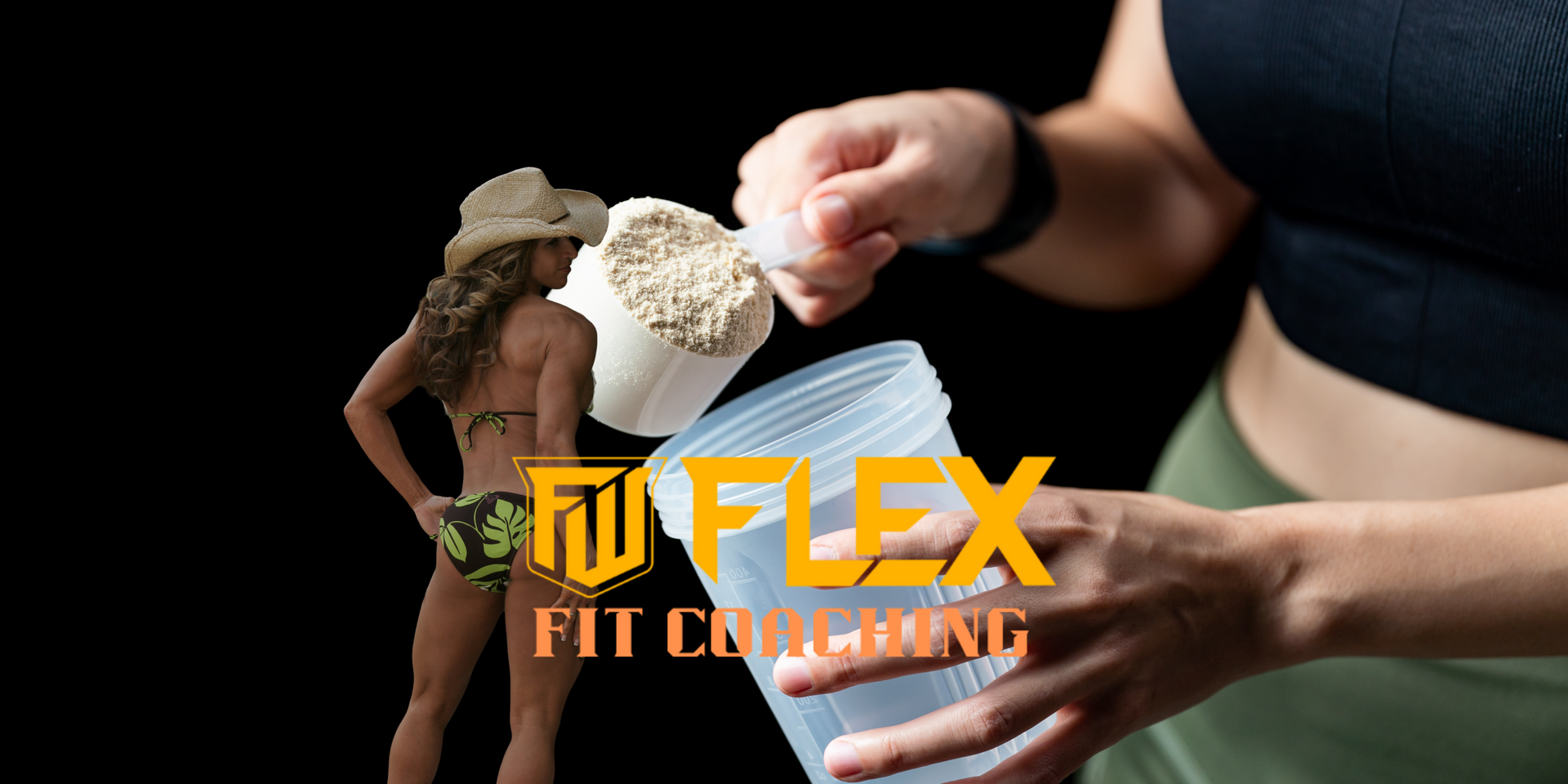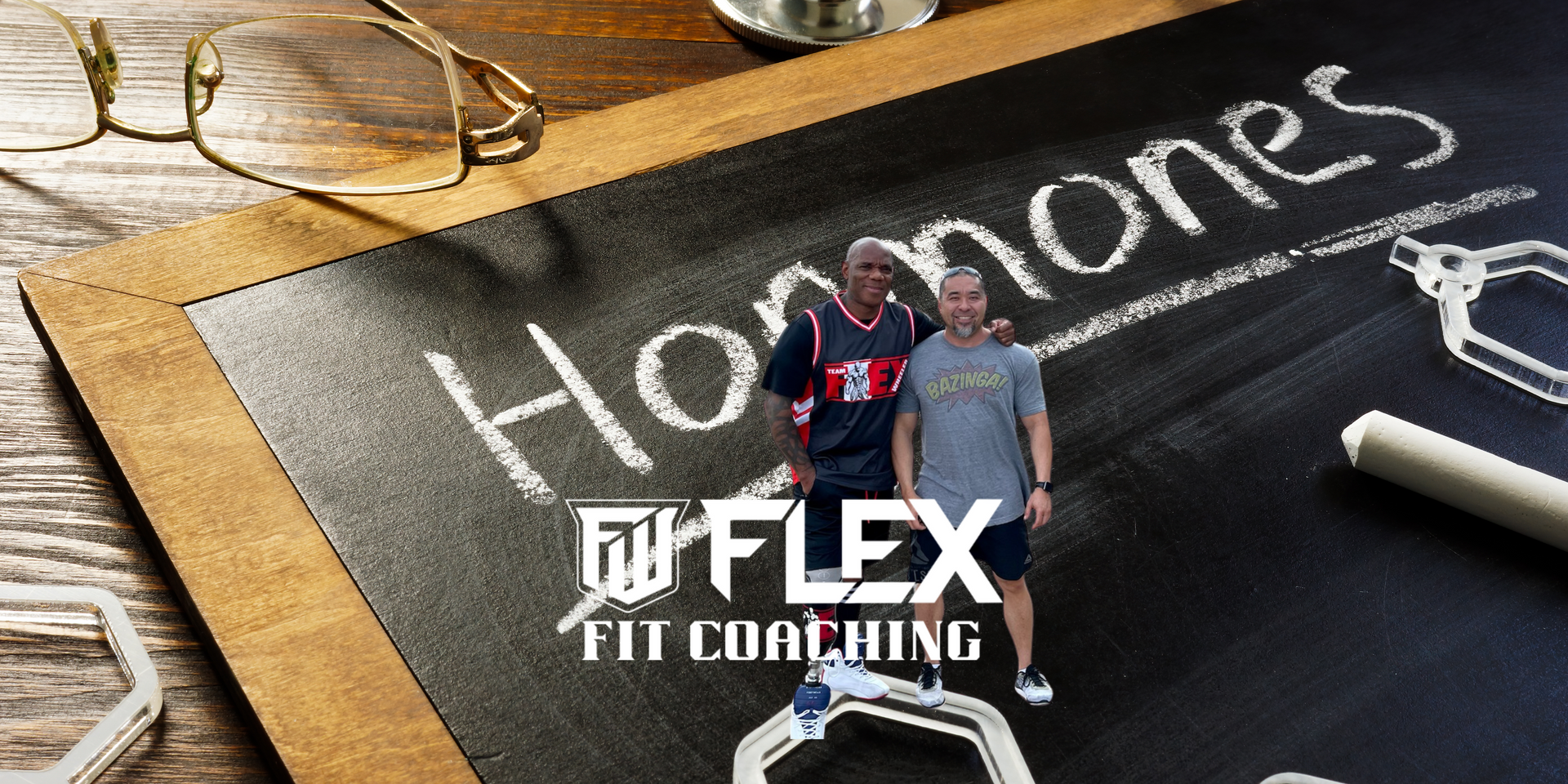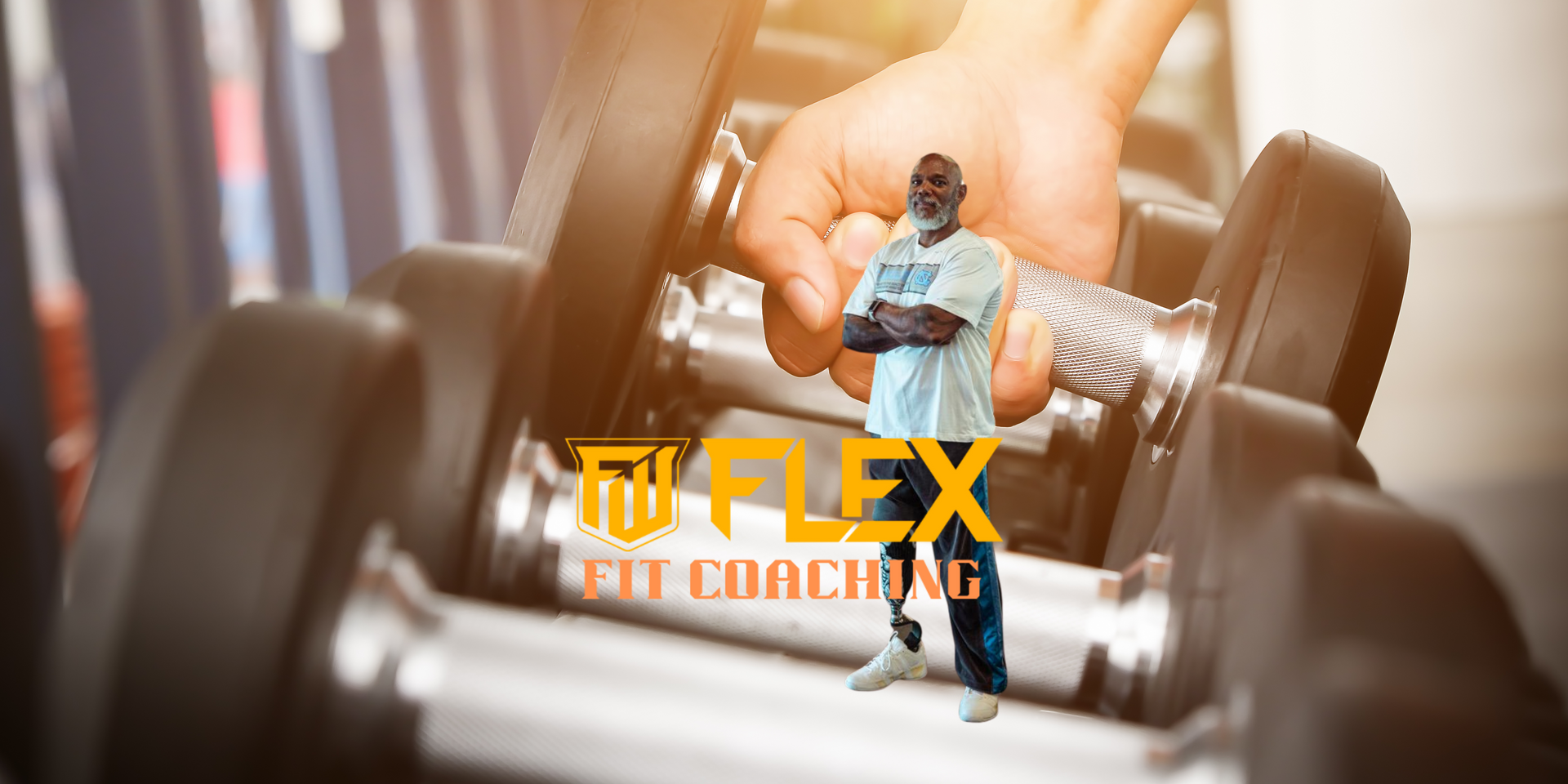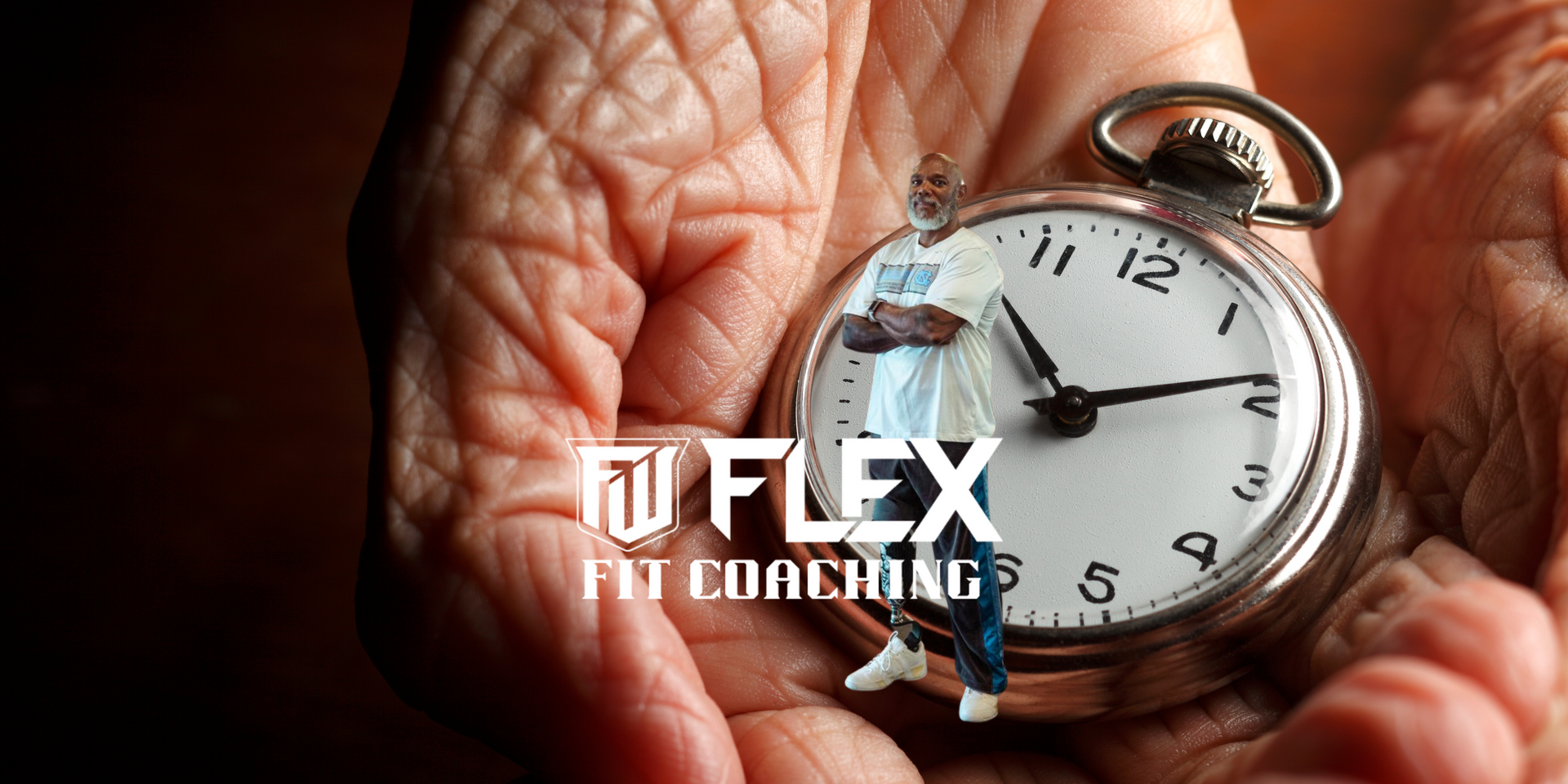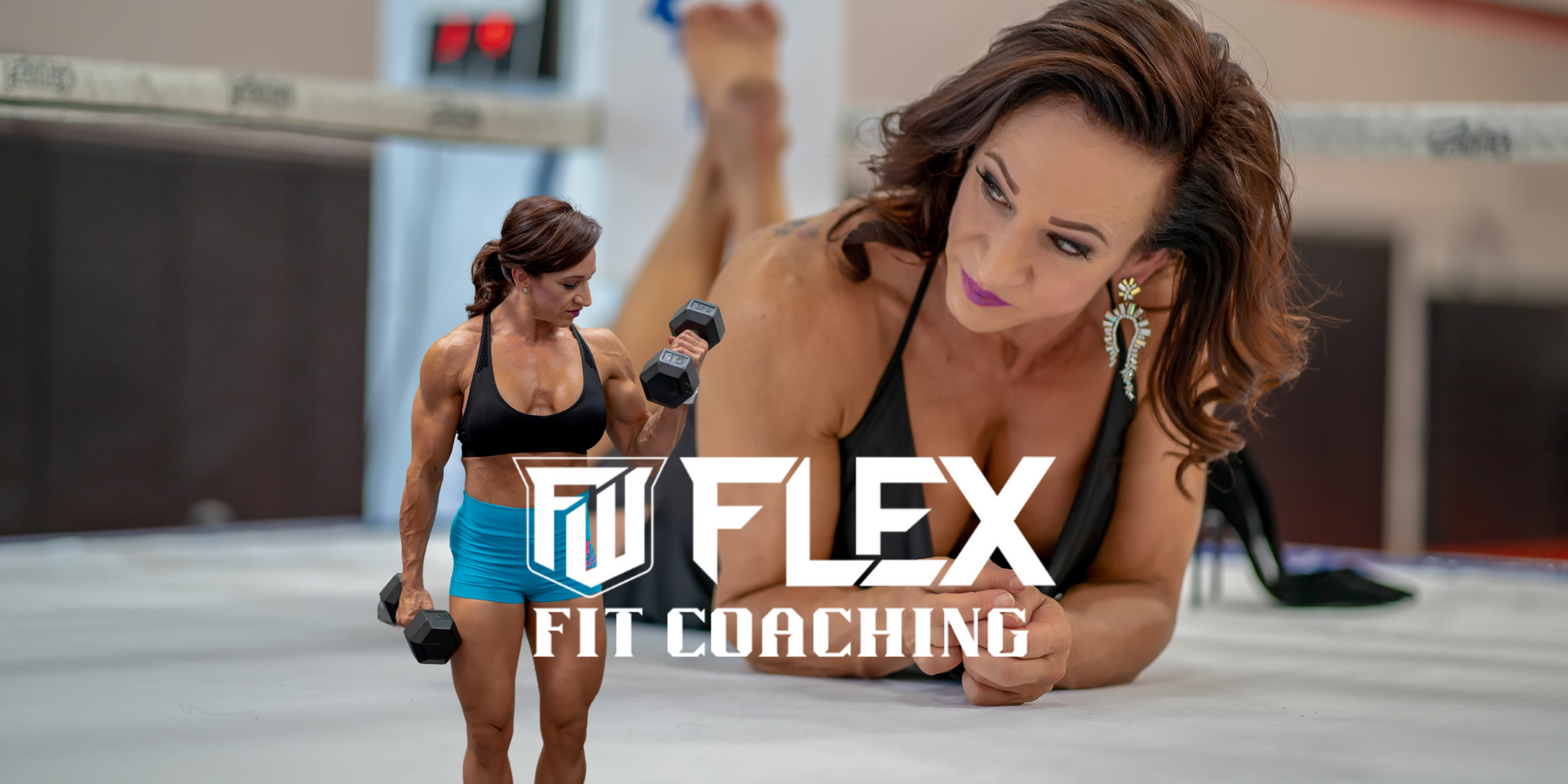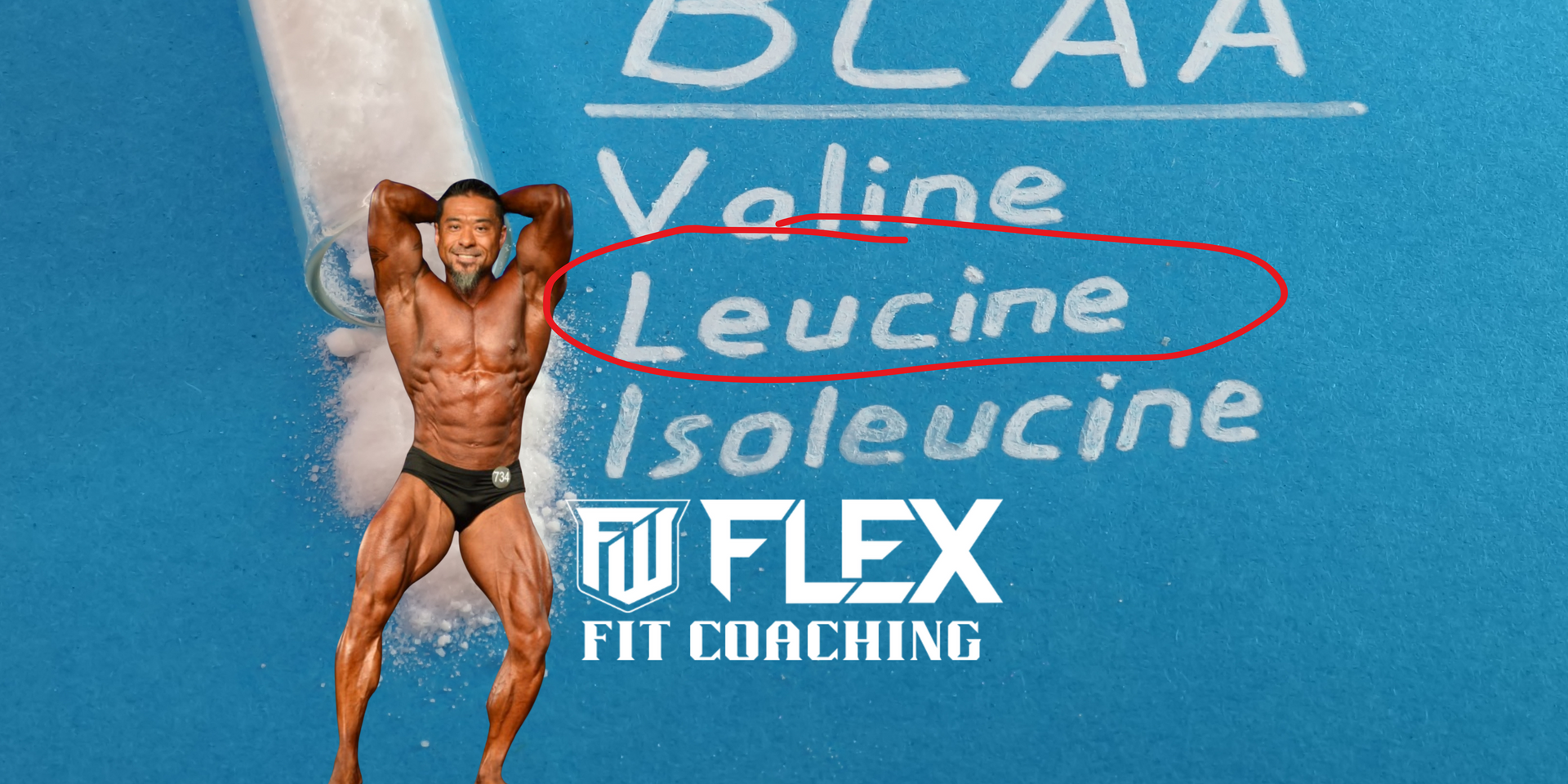Training for Sports Performance
Strength Training for Sports Performance: Simplicity Over Complexity

Strength Training for Sports Performance: Simplicity Over Complexity
When it comes to strength training for sports performance—especially in a combat sport like boxing or kickboxing—there’s a tendency to overcomplicate things. Fancy programs and gimmicky equipment flood social media, but the truth is this: strength training for fighters is fairly simplistic.
I’ve become known for my strength inside the gym and the ring, and the foundation of that strength was built on the basics. My program was kept brutally simple:
- Squat
- Deadlift
- Standing Shoulder Press
These three movements laid the groundwork. We later supplemented them with the bench press, and eventually began integrating Olympic weightlifting movements. But even those—snatches, cleans, jerks—can be broken down into variations of the base lifts. Their explosive nature aligned perfectly with our goal: to develop raw power, athletic explosiveness, and body resilience.
Strength + Force Absorption
The objective of this program wasn’t just to lift heavy—it was to train my body to produce maximum force, and just as importantly, to absorb and redirect force. That means being able to handle what an opponent throws at me and staying strong in an environment that’s designed to break you down. Research backs this up: eccentric strength and isometric control—both trained through heavy compound lifts—are key in mitigating injury and enhancing performance in combat sports [NSCA Journal, 2019].
The Myth of “Boxing Conditioning Workouts”
Conditioning is a hot topic. Everyone wants to know the secret to elite-level fight endurance. Here's the truth:
The only thing that truly conditions you for boxing or kickboxing—is boxing or kickboxing.
Sure, general conditioning has its place. Sled pushes, roadwork, intervals—they help build your engine. But sport-specific conditioning comes from drilling, sparring, and skill work. You don’t get better at reacting to punches by running sprints. You get better by getting punched, spar some rounds.
As noted in multiple studies, including a 2021 review published in the Journal of Strength and Conditioning Research, sport-specific training outperforms generalized conditioning when it comes to improving actual in-competition performance.
Wrap-Up
Keep it simple. Get strong with the basics. Develop explosiveness with weightlifting variations. Condition through your sport. That’s it.
If you’re a combat athlete or coach, don’t overthink it—master the fundamentals and stay consistent.
Neely Nagaye
Undefeated Muay Thai Fighter (4-0)
American Kickboxing Academy
